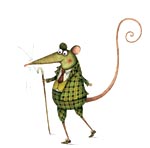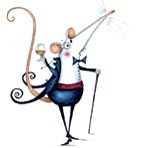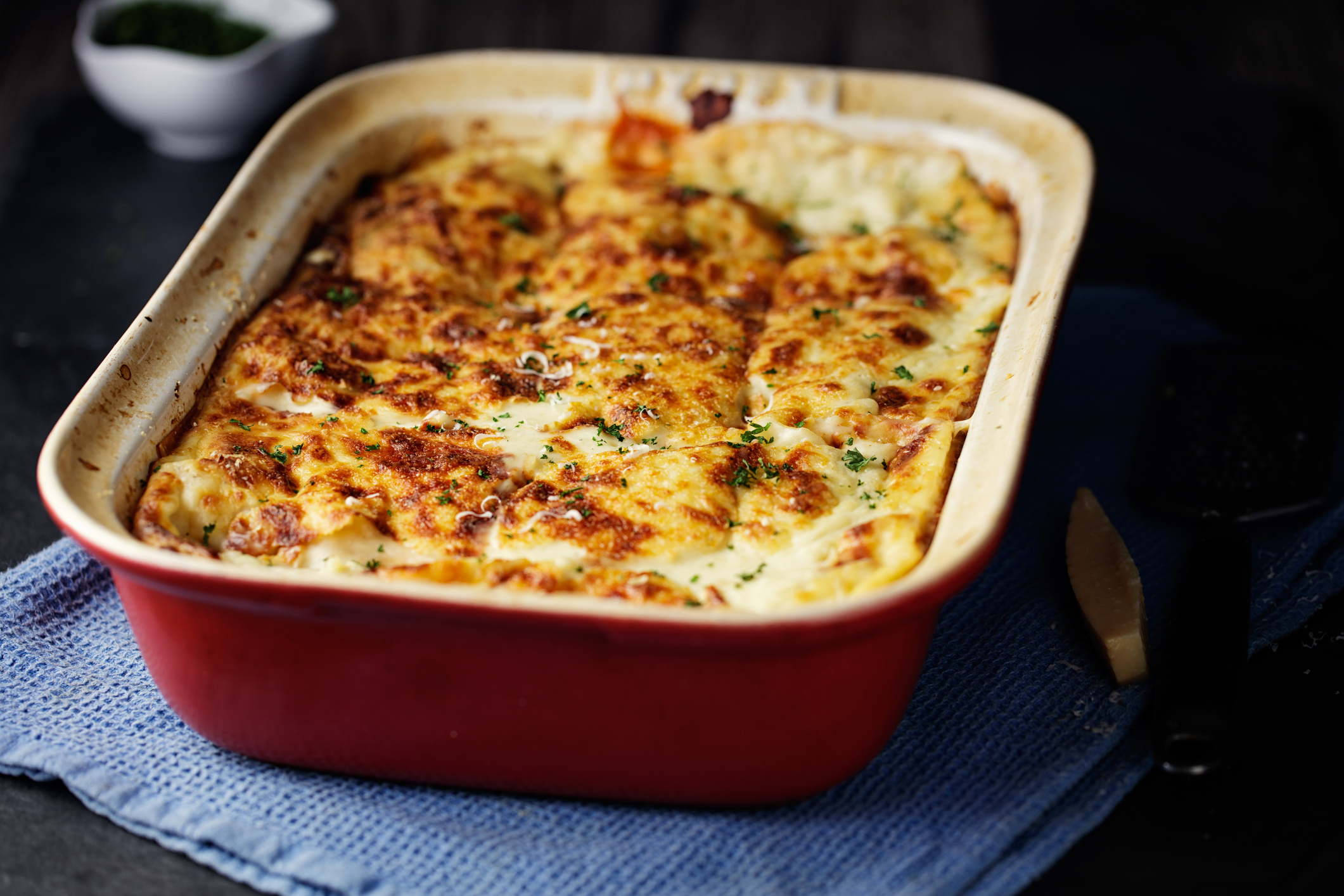Country mouse is captivated by a barn owl
Country mouse admires a new resident, which hunts the fallow fields for voles at dawn and dusk.


When pressed, I usually say that the wren is my favourite bird, but, in truth, I’m more captivated by a barn owl. Any sighting of an owl is an event and, now, we’re lucky to have a new resident, which hunts the fallow field for voles at dawn and dusk.
Last week, I watched it quartering the field for 10 minutes, almost missing my train to work. It floated like a white angel above the rough grassland, the slow, silent, floppy flaps of its 3½ft-wide wingspan giving the ghost owl an ethereal quality until it suddenly screeched like the Devil himself. At one stage, a red kite hovered above it with intent, but I expect it was minded to steal rather than to kill.
The barn owl was once thought to ward off storms and, as recently as the 1950s, the birds were nailed to barns by the deluded and the superstitious. Few animals have more myths attached: they’re part of the witches’ brew in Macbeth and are still used by African witch doctors. However, as Country Life has reported, the numbers of barn owls have, fortunately, bounced back in the past year and all lovers of this special bird should be grateful to the Barn Owl Trust, which does so much to conserve the owl and its environment.

Town mouse visits Swinton Park in North Yorkshire
Town mouse stays at a new hotel.

Spectator: A slippery slope to pleasure
Skiing holds no appeal for Lucy Baring.
Sign up for the Country Life Newsletter
Exquisite houses, the beauty of Nature, and how to get the most from your life, straight to your inbox.
-
 'Monolithic, multi-layered and quite, quite magnificent. This was love at first bite': Tom Parker Bowles on his lifelong love affair with lasagne
'Monolithic, multi-layered and quite, quite magnificent. This was love at first bite': Tom Parker Bowles on his lifelong love affair with lasagneAn upwardly mobile spaghetti Bolognese, lasagne al forno, with oozing béchamel and layered meaty magnificence, is a bona fide comfort classic, declares Tom Parker Bowles.
By Tom Parker Bowles
-
 Country houses, cream teas and Baywatch: Country Life Quiz of the Day, April 24, 2025
Country houses, cream teas and Baywatch: Country Life Quiz of the Day, April 24, 2025Thursday's Quiz of the Day asks exactly how popular Baywatch became.
By Toby Keel